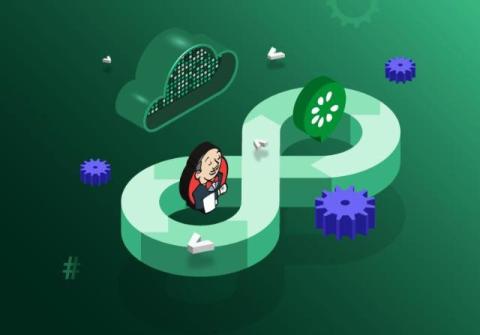Integrate Xray Enterprise with Popular CI/CD Tools for Automated Testing
Continuous integration and continuous delivery (CI/CD) have become essential for delivering high-quality software at speed - automating testing processes ensures that new code changes are thoroughly validated before reaching production. However, managing these automated tests across multiple CI/CD tools can be challenging. This blog post explores how Xray Enterprise can be seamlessly integrated with popular CI/CD tools to enhance your automated testing workflows.











